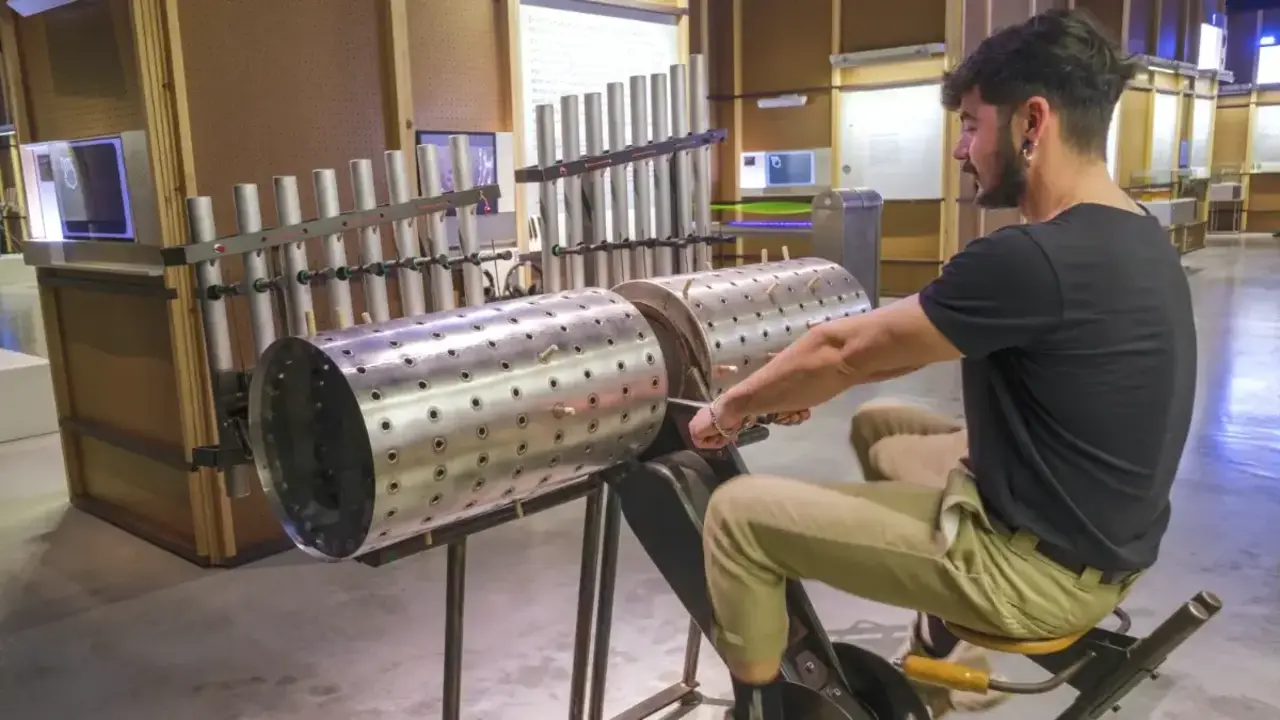WHO calls for new tests on COVID circulation in Italy as early as October

The World Health Organisation (WHO) has asked the Milan Tumour Institute to conduct a new test in an independent laboratory on an earlier report published in November 2020 which indicated the possibility that the SARS-CoV-2 virus was already circulating among the Italian population in October 2019, the medical centre told EFE.
The Milan Tumour Institute had published in the Tumori Journal one of the first reports suggesting the possibility that the SARS-CoV-2 virus had circulated among the population many months before the officially established cases, namely February 2020 in northern Italy.
The study was based on blood tests of asymptomatic citizens participating in a lung cancer screening project from September 2019 to March 2020, identifying antibody levels against a specific part of the virus. Some of these cases belonged to cases sampled from October to December 2019, the institute explains in a statement sent to EFE.

In the following months, phylogenic, virological and epidemiological studies added further evidence of the possibility of early virus circulation in Italy and other European and non-European countries, compared to communications from Chinese authorities, especially in some countries with significant trade with China.
Therefore, they explain, "in order to clarify the nature of the 'signal' identified and to contribute to the debate on the issue, the World Health Organisation (WHO) has asked the National Cancer Institute in Milan to conduct a new test in an independent laboratory", adding that "the standards and the method to be used for testing were negotiated", and a new test was conducted on the samples collected.
Currently, the Milan Tumour Institute "is in contact with its colleagues in the laboratory identified by the WHO to define the structure, content and interpretation of the results obtained, the results of which will be published and disseminated," they say.

The Milan centre specifies that "it is important to anticipate that the results and possible interpretations will not call into question what is currently thought about the nature and effects of the disease and the origin of the virus".
And that it will serve "only to confirm or not the possible circulation of the virus in a period prior to the first Italian cases reported in February 2020," they stressed.








